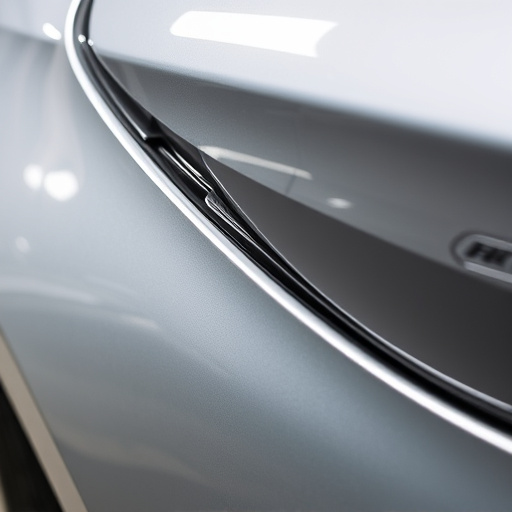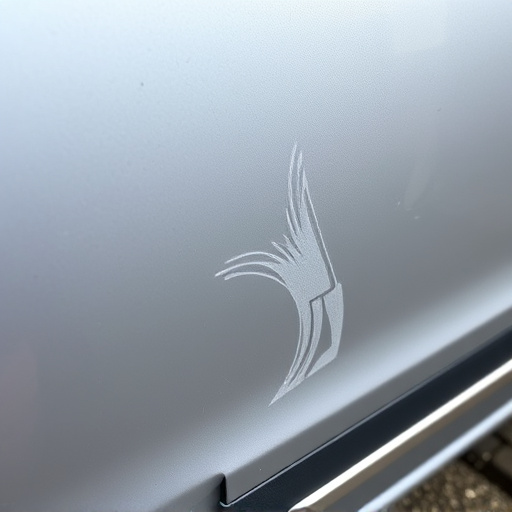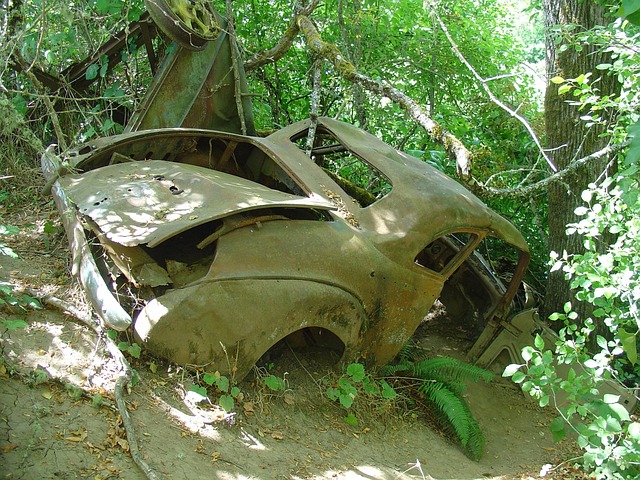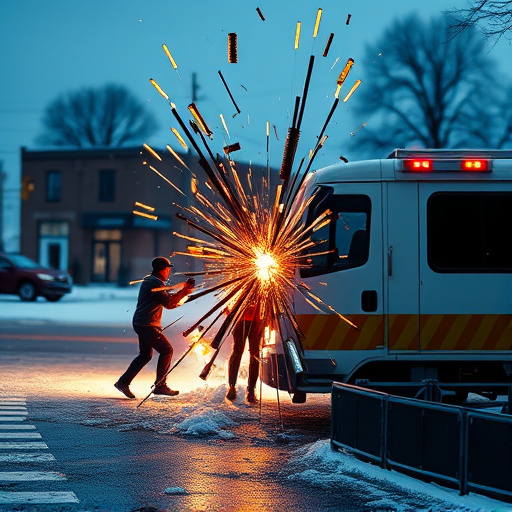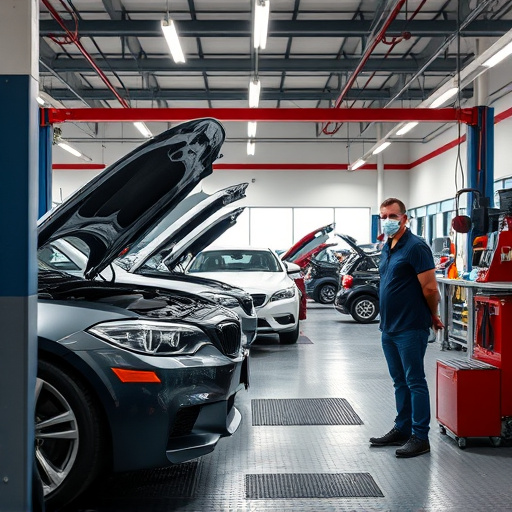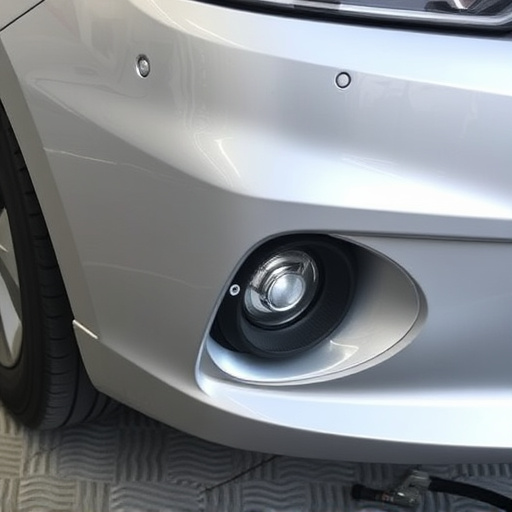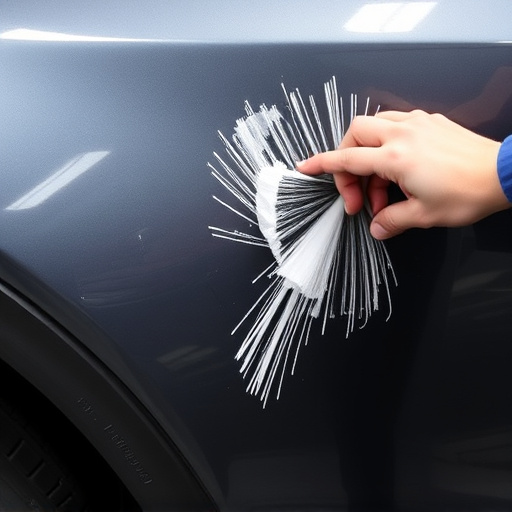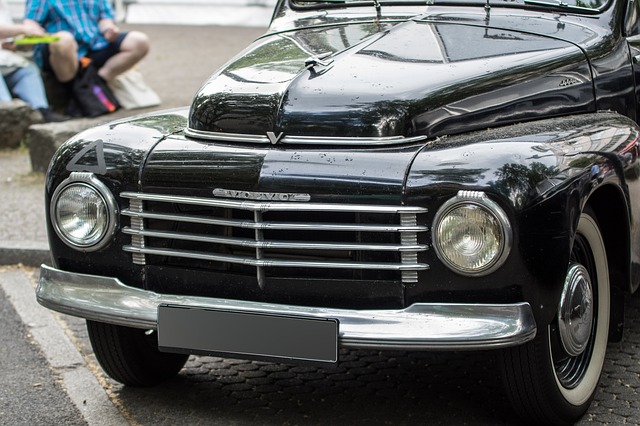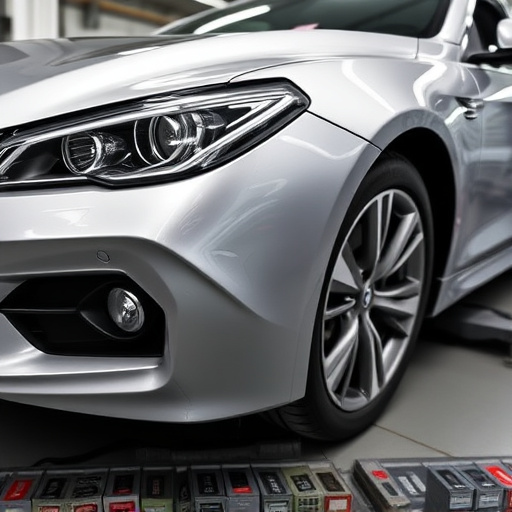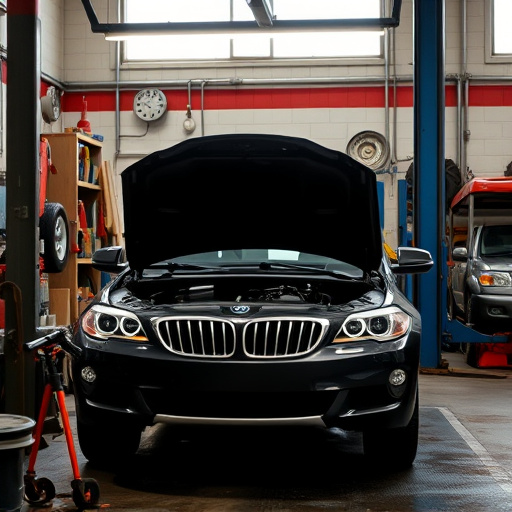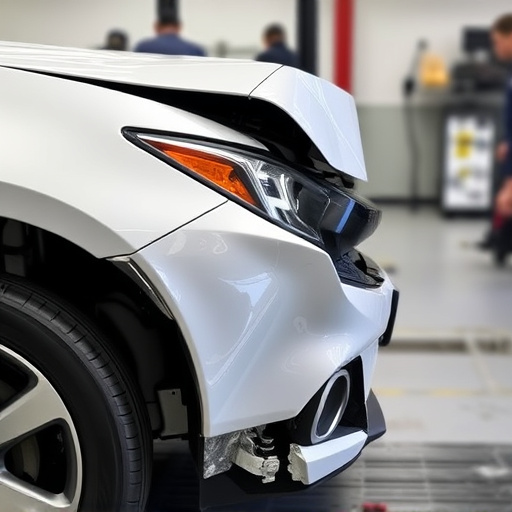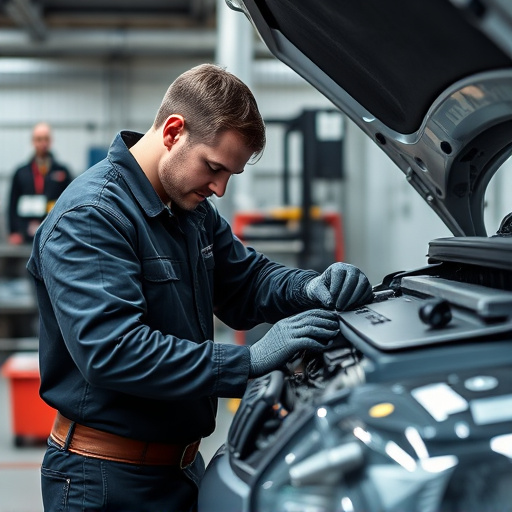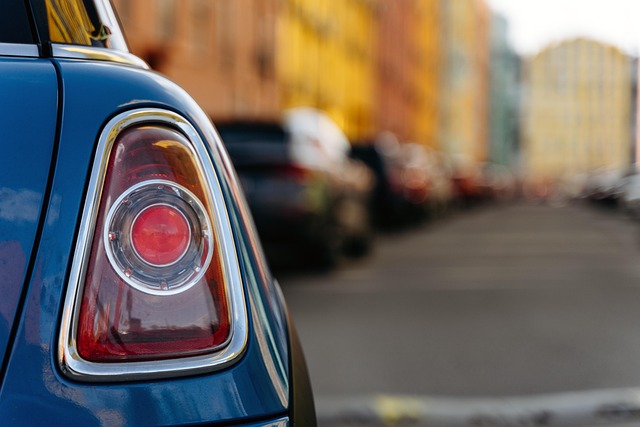Hidden structural defects after collisions may go unnoticed but pose safety risks. Professional assessment with advanced tools is crucial to reveal bent frames, damaged suspension, and compromised body panels. Skilled technicians use precise techniques for realignment and replacement, ensuring structural integrity, safety standards, and vehicle longevity without compromising performance or aesthetics. Meticulous attention to detail in every repair step is vital for restoring the vehicle's balance, safety, and pre-collision condition, preventing future damage.
After major collisions, meticulous attention to structural repair precision is paramount. While the initial impact may be visible, hidden damage can compromise safety and vehicle longevity. Understanding how collisions distribute force throughout a vehicle’s structure is key. This article explores why precision in the restoration process is not just beneficial but essential, focusing on strategies to ensure safety and maximize the longevity of vehicles post-collision.
- Understanding Structural Damage After Collisions
- The Role of Precision in Restoration Process
- Ensuring Safety and Longevity Through Accuracy
Understanding Structural Damage After Collisions
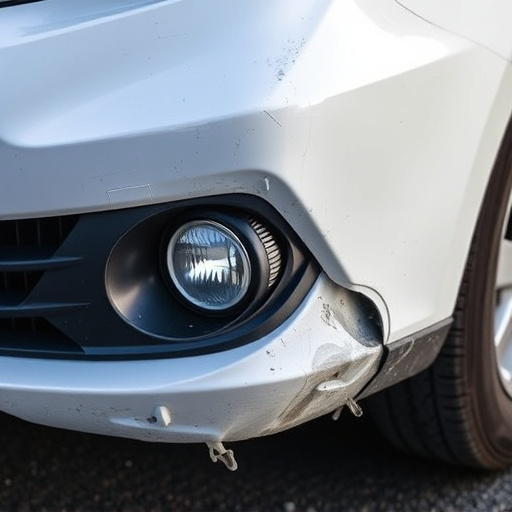
After a major collision, understanding structural damage is crucial for ensuring safe and reliable vehicle operation. While initial impact may be visible, hidden structural defects can go unnoticed. These defects often include bent or cracked frames, damaged suspension systems, and compromised body panels. Professional assessment using advanced diagnostic tools is essential to uncover these issues, as they can significantly affect a car’s stability, handling, and safety features. A reputable car repair shop equipped with skilled technicians and state-of-the-art equipment can meticulously inspect the vehicle, identifying even the subtlest of damage that may require specialized car damage repair or vehicle repair services.
Structural repair precision is paramount in correcting these issues. Skilled technicians employ careful techniques to realign components, replace damaged parts, and restore structural integrity without compromising safety standards. This meticulous approach ensures not only the car’s structural soundness but also its longevity and performance. Whether it’s minor car damage repair or more extensive vehicle repair services, precision is key in transforming a damaged vehicle into one that meets safety regulations and drives as good as new.
The Role of Precision in Restoration Process
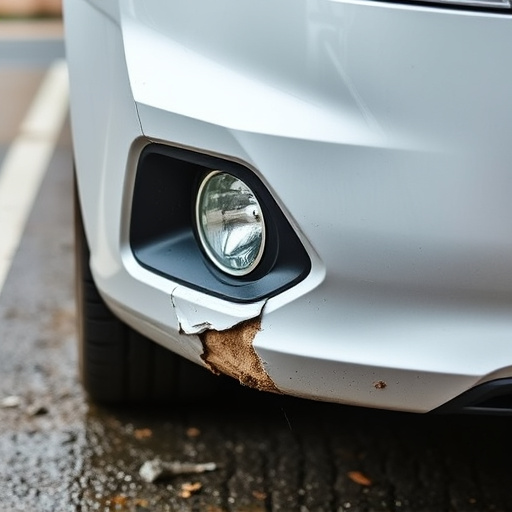
In the intricate world of auto body repairs, structural repair precision stands as a cornerstone of successful restoration. It’s not merely about fixing the surface; it involves meticulous attention to detail when realigning and reinforcing affected components. Every fraction of a millimeter counts in ensuring the vehicle returns to its original structural integrity, safety standards, and aesthetic appeal. Achieving this requires advanced tools and techniques that allow for precise adjustments, minimizing damage to adjacent areas and maximizing the longevity of repairs.
Structural repair precision is particularly crucial when addressing hail damage repair or complex vehicle bodywork issues. It’s about restoring not just the exterior, but also maintaining the overall balance and performance of the vehicle. Skilled technicians leverage their expertise and specialized equipment to achieve these fine-tuned adjustments, transforming a damaged vehicle into one that drives as good as new. This meticulous approach not only enhances safety but also preserves the investment of the owner, making structural repair precision an indispensable element in the auto body repairs landscape.
Ensuring Safety and Longevity Through Accuracy
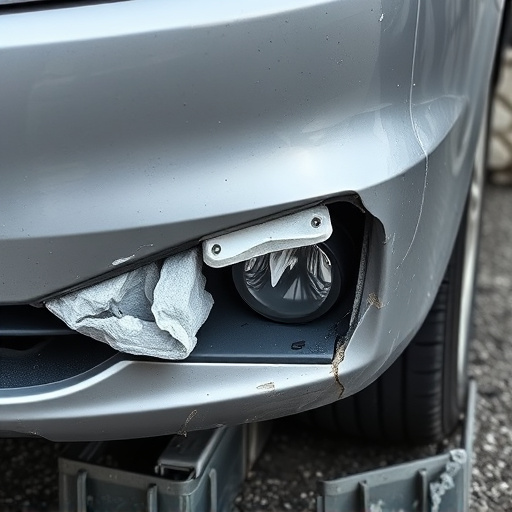
After a major collision, achieving precise structural repair is paramount for both safety and longevity of the vehicle. In a vehicle body shop, skilled technicians understand that even minor inaccuracies in alignment or panel replacement can have significant implications. An exacting standard of work ensures that the vehicle not only drives safely on the road but also maintains its structural integrity for years to come.
This precision is especially critical when it comes to auto glass repair and collision damage repair. For example, misaligned frames or improperly installed windows can compromise the safety of occupants during future accidents. Therefore, meticulous attention to detail in every aspect of repair—from frame straightening to panel replacement and auto glass repair—is vital for restoring the vehicle to its pre-collision condition and preventing further damage down the line.
Structural repair precision is not just a nicety—it’s a necessity for ensuring vehicle safety and longevity after major collisions. By prioritizing accurate restoration, we can mitigate risks, optimize performance, and preserve the integrity of vehicles, ultimately enhancing road safety and peace of mind for all users. The role of structural repair precision is indispensable in the automotive industry, serving as a cornerstone for both safety and sustainability.
